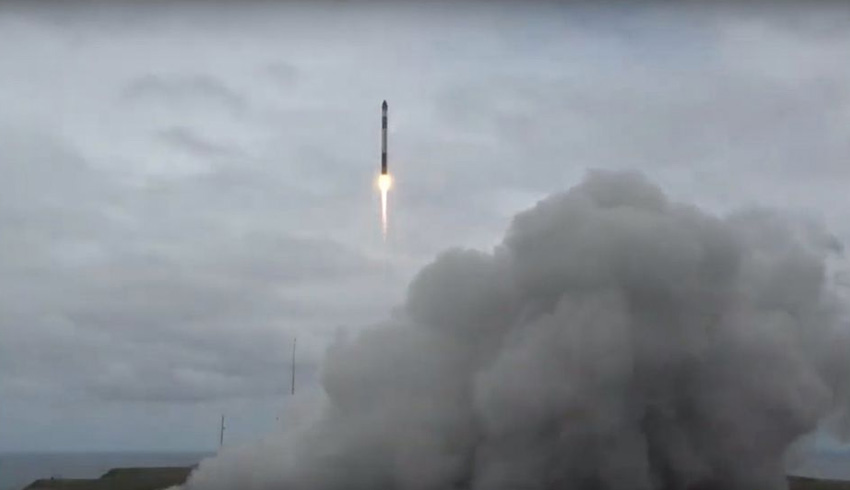The company announced on 29 November that it was standing down from the planned launch from its New Zealand site to conduct further tests on ground systems.
“We'll update with a new target launch date soon. The window remains open until 12 December,” the company tweeted.
The latest news is that this won’t be before Friday.
This launch of an Electron rocket will be Rocket Lab’s 10th in two years – hence the title Running Out of Fingers. The company has given all its launches quirky names.
“Reaching our 10th flight within only two years of commercial operations is an incredible achievement,” Rocket Lab founder and chief executive Peter Beck said last month.
“Thanks to the continued dedication and passion of the teams at Rocket Lab, responsive and frequent access to space is the new normal for small satellites.
“As we move beyond once-a-month missions towards our goal of weekly launches, recovering and reusing Electron could play a significant role in increasing launch frequency.”
Launch number 10 will be a demonstration of the key technology Rocket Lab is planning to use on future launches to recover rocket first stages so that they can be reused.
It includes new hardware and sensors to inform future recovery efforts.
“As part of a first stage block upgrade, Electron’s booster will include guidance and navigation hardware, including S-band telemetry and onboard flight computer systems to gather data during the first stage’s atmospheric re-entry,” Rocket Lab said.
“The stage is also equipped with a reaction control system to orient the booster during its re-entry descent.”
This mission will be a rideshare with satellites from six different companies aboard, demonstrating the diversity of the Space 2.0 ecosystem. The paying passengers are:
ATL-1: A payload from Advanced Technology of Laser from Hungary, designed to conduct a range of experiments including a new thermal isolation material in space.
Fossasat-1: This is a palm of a hand-sized picosatellite developed by Spanish non-profit Fossa Systems, using low power RF to provide IOT connectivity.
NOOR 1A and NOOR 1B: These satellites from Stara Space will demonstrate in-orbit intersatellite link technology and also communicate with ground stations on Earth. These are technologies required for real-time global communications constellations in space.
SMOG-P: This is a novel spectrum monitoring payload built by students at the Budapest University of Technology and Economics in Hungary. SMOG-P features a spectrum analyser to measure man-made electromagnetic pollution from space.
TRSI Sat: ACME AtronOmatic is a US-Germany based software application development company that provides flight tracking services to the aviation sector and to mobile applications such as MyRadar, a weather radar application for mobile devices.
ALE-2: Tokyo-based ALE Co's ALE-2 satellite aims to create man-made shooting stars by simulating re-entering meteor particles. The satellite includes multiple redundant attitude sensors and controllers, as well as a propulsion system for manoeuvring.

